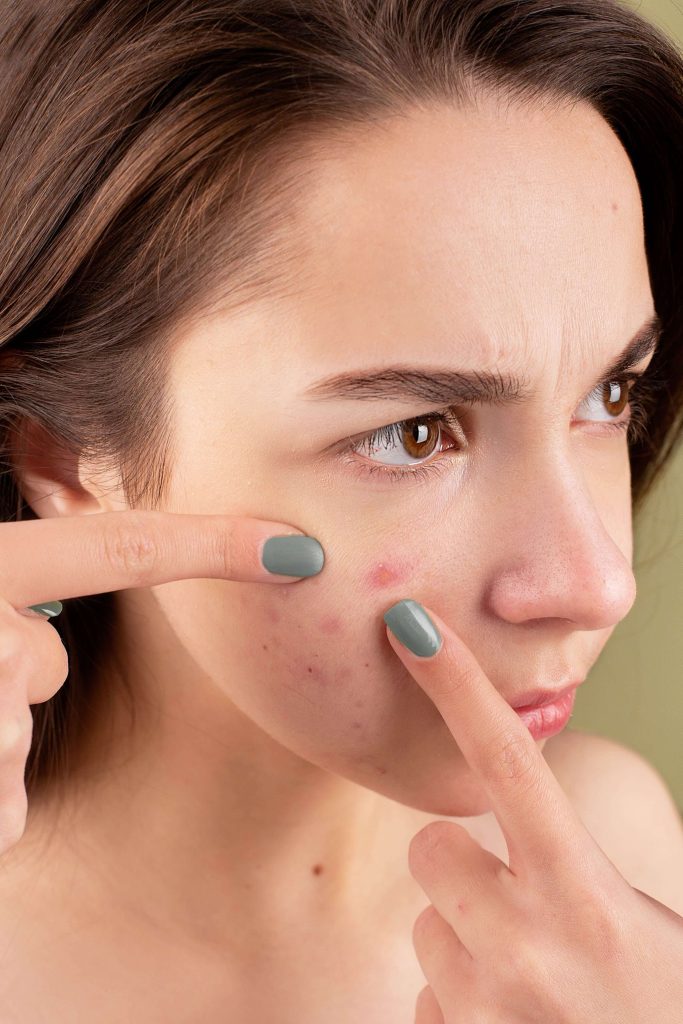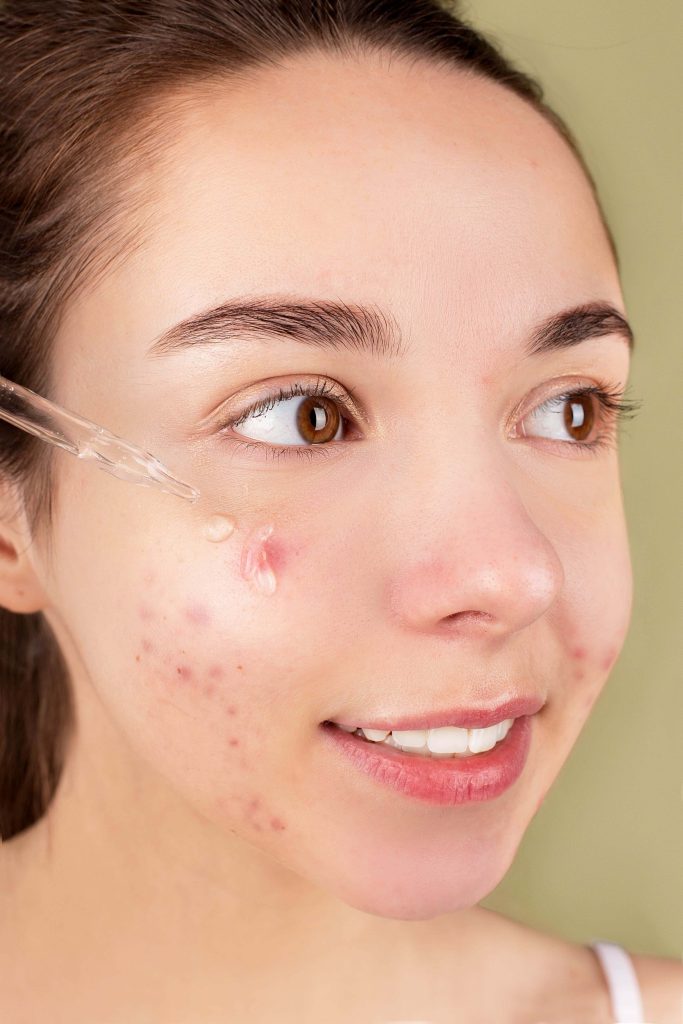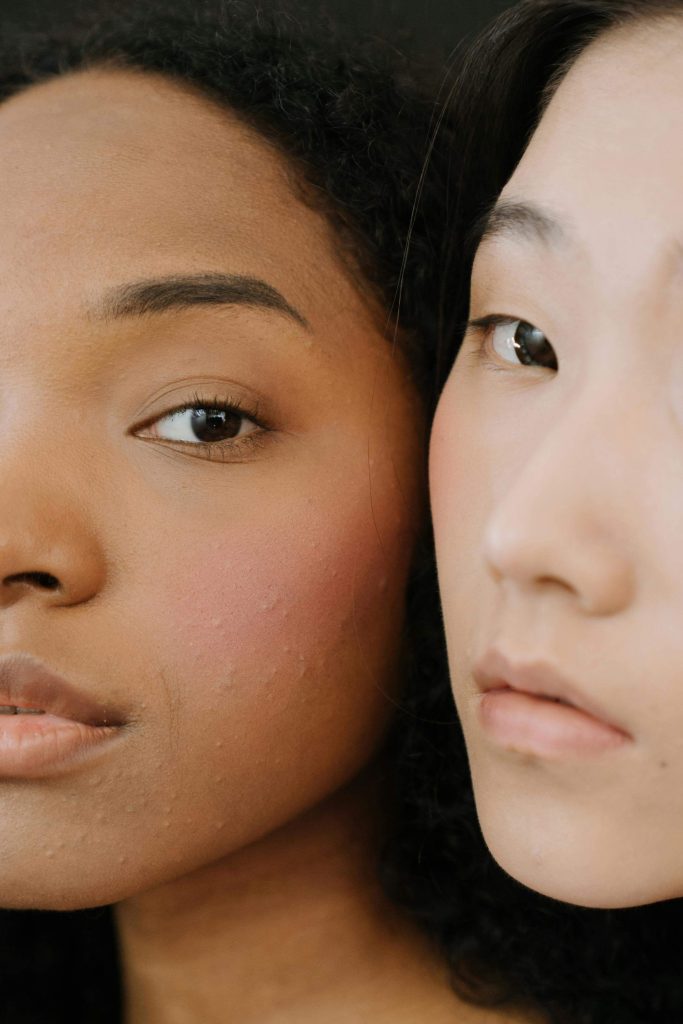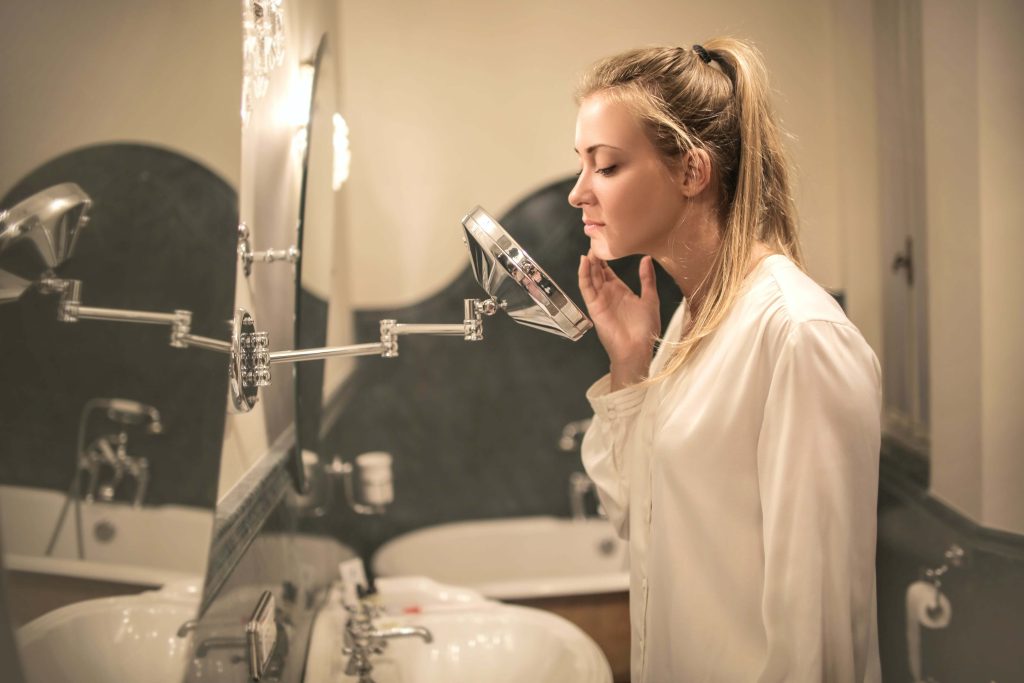Introduction
Many people suffer from hormonal acne, a skin ailment that is particularly prevalent throughout adolescence. The synthesis of hormones increases dramatically during this time, which may cause imbalances and acne. Hormonal acne manifests as facial, chest, and back breakouts. These eruptions may hurt and are often inflammatory. This thorough guide will examine several treatment methods, talk about the effects of hormonal acne on the skin, and dig into the condition’s origins.
Why Does Hormonal Acne Occur?
Changes in hormone levels, especially androgens—male sex hormones that are also present in females—are the main cause of hormonal acne. Androgen production rises throughout puberty, and this might encourage the sebaceous glands to secrete more oil. This increase in oil production may lead to bacteria growing in closed pores, which can cause irritation and acne.

What Skin Effects Does Hormonal Acne Cause?
The skin may be significantly affected by hormonal acne. Red, swollen pimples on the face, chest, and back are often how it manifests itself. These zits have the potential to cause discomfort , scarring or dark patches. Hormonal acne not only has physical consequences but may also negatively impact a person’s confidence and sense of self. Numerous people with hormonal acne may suffer from psychological discomfort, which includes poor self-esteem, depressive symptoms, and a decline in social interactions.
Examining the Reasons Behind Hormonal Acne
Several reasons cause hormonal acne.
Increased Sebum Secretion: Increasing sebum secretion is one of the primary causes of hormonal acne. The skin’s sebaceous glands produce an oily material called sebum. Acne and blocked pores may be caused by excessive sebum production.
Molecular Predisposition: Some people may be genetically prone to hormonal acne. Acne is more likely to strike you if it affects your parents or other family members.
Hormonal Disproportions: Hormonal imbalances may arise from variations in hormone levels, especially throughout puberty. Acne may emerge due to these irregularities, frequently contributing to increased sebum production. Hormonal imbalances may also emerge from some medical conditions, such as polycystic ovarian syndrome and adrenal issues, which may further worsen hormonal acne.

Signs to Watch Out For Recognising Hormonal Acne
Although hormonal acne may present in a variety of ways, the following are typical signs to watch out for:- Painful acne lesions that are resistant to conventional acne treatments – Red and swollen pimples on the face, chest, and back – Premenstrual or menstrual period breakouts; – Adult-onset or worsening acne; – Nonresponsive acne to over-the-counter drugs or topical treatments; – Acne scarring or dark patches left by acne lesions; – Increased oiliness or greasiness of the skin.
Handling Hormonal Acne: Managing Your Skin
An all-encompassing strategy to address the underlying hormonal imbalances is necessary to treat hormonal acne.
The following therapies may assist you in managing your hormonal acne:
The hormonal acne treatment plan is customized based on each patient’s unique demands and severity.
- Speak with a Dermatologist: It’s essential to get advice from a dermatologist who can evaluate your issue and suggest the best course of action.
- Dietary Modifications: Modifying your food may help lessen hormonal acne.
- Keeping up a good skincare regimen: which excludes using abrasive scrubs or exfoliants and involves washing the skin twice a day with a mild cleanser.
- Medication: Your dermatologist may prescribe medication to help control acne and regulate hormones. These may include oral contraceptive pills, which may help regulate hormonal imbalances, or medications like spironolactone, which helps reduce the manufacture of hormones that cause acne.

What Separates Hormonal Acne from Breakout Acne
It’s critical to differentiate between hormonal acne and a typical outbreak. A typical breakout is a transient event that might be caused by skincare products, stress, or food. Contrarily, hormonal acne is distinguished by a pattern of recurrent outbreaks that mostly affect the cheeks, chin, and jawline.In addition to being generally resistant to conventional acne treatments, hormonal acne may develop with age or last into adulthood.
Modifying Your Diet to Help Control Hormonal Acne
Changing your diet might be a useful strategy for treating hormonal acne. While eliminating certain foods and including others might help decrease inflammation and balance hormone levels, diet alone cannot entirely treat hormonal acne.
FAQs
Q: What hormonal factor contributes to acne?
A: An imbalance in hormones, particularly the androgen hormones, is usually the cause of hormonal acne. Sebaceous gland enlargement and production are often attributed to androgens, which may exacerbate acne.
Q: Are women the only ones that have hormonal acne?
A: No, both men and women may suffer from hormonal acne. But because of the hormonal swings brought on by menstruation, pregnancy, menopause, and the use of hormonal birth control, it affects women more often.
Q: Can hormonal acne be addressed?
A: You can cure hormonal acne, yes. Hormonal therapy, oral drugs, and topical medications are among the various treatment options for hormonal acne. Benzoyl peroxide and retinoids are examples of topical drugs that may help clear clogged pores and lessen irritation. In severe instances of hormonal acne, a doctor may give oral drugs such antibiotics or isotretinoin.Hormonal medications may also be useful in reducing hormonal acne and managing hormone levels.
Q: What part do hormones play in the way acne appears? Hormones have a multifaceted function in acne formation.
A: Androgens, especially testosterone, boost the sebaceous glands’ production of sebum, or excess oil. Acne may occur when dead skin cells combine with this extra sebum to plug pores.
Q: Does hormonal acne have any natural remedies?
A: Although there is no scientific research on natural treatments for hormonal acne, several lifestyle modifications and self-care routines may help to improve skin health and lessen acne symptoms.
Conclustion
In hormonal acne is a prevalent skin ailment that impacts individuals of both genders. Hormonal imbalances, particularly an excess of androgen hormones, are the main cause of it. These hormonal abnormalities may cause inflammation, blocked pores, and excessive sebum production—all of which exacerbate acne. Thankfully, hormonal acne can be managed. Hormonal therapy, oral medicines, and topical drugs are among the potential therapeutic choices. Hormonal acne may also be controlled by adopting appropriate skincare practises, such as washing the face twice a day with a mild cleanser and avoiding harsh or irritating products.








1 thought on “Hormonal Acne: Causes, Symptoms, and Effective Treatments”